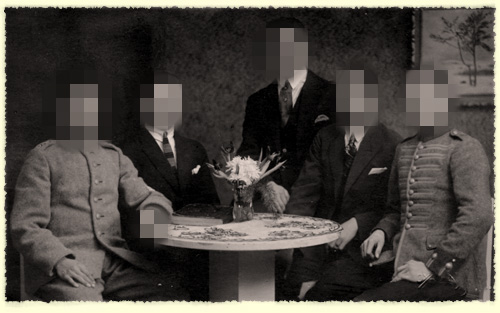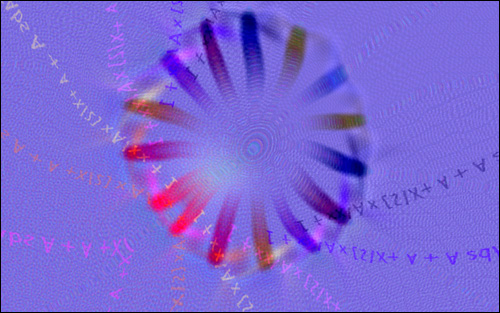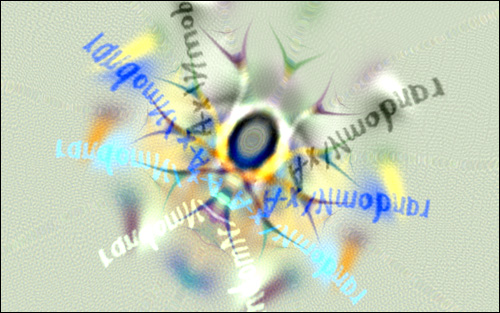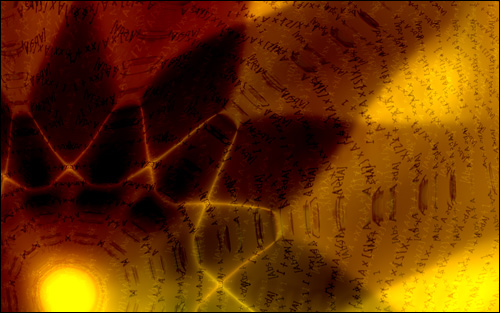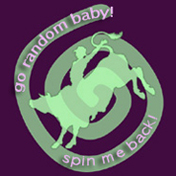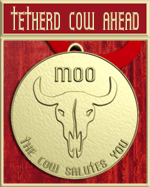Sun 5 Oct 2008
In Praise of the Pickled Herring
Posted by anaglyph under Art, Competition!, Food & Drink, Hmmm..., Poetry
[23] Comments

Today,while looking for something else entirely* I came across an image of a curiously titled painting, ‘In Praise of the Pickled Herring’, by the 17th century Dutch painter Joseph de Bray (someone of whom, until today, I was entirely unaware).
The website where I learned of Joseph, which is dedicated to ‘Food in the Arts’, leads me to believe that this painting is a fine example of ‘Fish Still-Lifes’, an artistic niche that had also previously (and regrettably, I must add) passed me by.
This is the full version of the painting (click to get a closer look), which features, as a centrepiece, a stone table drapped with herrings and onions, and inscribed with the poem that gives the painting its name. It was penned by preacher and poet Jacob Westerbaen, and contains the picturesque declaration that the consumption of pickled herring:
Will make you apt to piss
And you will not fail (with pardon) to shit
And ceaselessly fart…
I immediately set about attempting to track down a complete rendering of Westerbaen’s poem, because if anything at all in this world is certain, it is that Cow readers will be clamouring to learn all that is to be known about literature that involves soused fish, poetry and bodily functions. It appears, alas, that no-one has seen fit to bring the genius of Westerbaen’s herring musings to the digital world, which is a shame because I feel it is more than obvious that there is a monumental dearth of pickled fish verse in our lives today. To that end, faithful Acowlytes I know you will more than rise to the occasion, so I’m declaring a TCA competition:
Your task, should you choose to accept it, is to write a paean to preserved fish. You may include references to the digestive process if you wish. Most importantly you should understand that you toil in the shadow of greatness – make Jacob Westerbaen proud!
There will be a real prize this time.
___________________________________________________________________________
*Another reason I love teh internets.
___________________________________________________________________________

